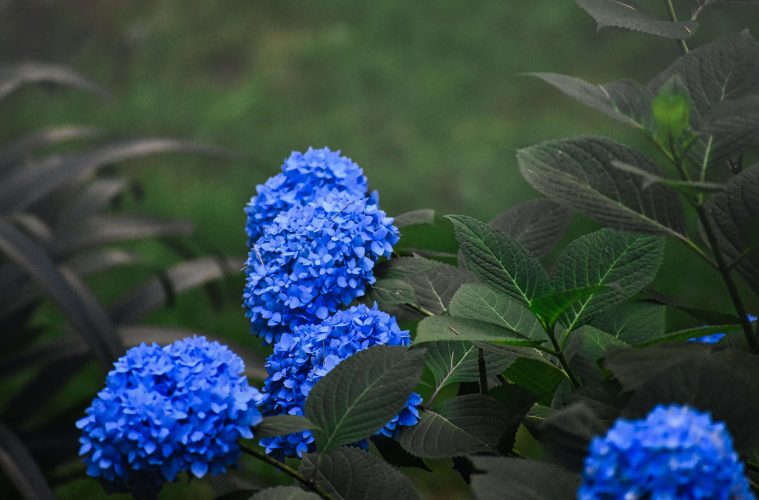Hydrangeas, with their splendid blossoms, are a cherished addition to any garden. However, when these lovely blooms fail to grace your plants despite your best efforts, it’s time to delve into the root causes. Fortunately, there are solutions to the mystery of non-blooming hydrangeas. Here are seven common reasons behind this floral absence, along with effective remedies to restore your garden’s radiant beauty.
1. Pruning at the wrong time
A common culprit behind non-blooming hydrangeas is incorrect pruning timing. Adequate pruning hinges on the type of hydrangea you’re tending to. A simple trick is to observe its blooming season. If your hydrangea flowers exclusively in mid-to-late summer, it’s likely a smooth hydrangea (Hydrangea arborescens) or panicle hydrangea (Hydrangea paniculata), both of which develop flower buds in spring.
How to fix: Prune these varieties in early spring to avoid trimming away potential blossoms. Conversely, bigleaf hydrangeas (Hydrangea macrophylla) or oakleaf hydrangeas (Hydrangea quercifolia) that bloom in spring and early summer should be pruned shortly after their blooming period.
2. Excessive sun exposure
Hydrangeas thrive with 4 to 6 hours of daily sunlight, preferably during the morning hours. Intense afternoon sun can be detrimental, potentially causing wilting, scorching, and rapid fading of flowers.
How to fix: While panicle hydrangeas can tolerate full sun with ample moisture, other varieties such as bigleaf, mountain, smooth, and oakleaf hydrangeas fare better in partial shade. If your hydrangea is getting too much sun, its leaves will wilt and/or may appear scorched. Flowers often fade quickly and turn brown. The best solution is to transplant your hydrangea to a spot that gets a bit more shade. To minimise stress on your plant.
3. Moisture management
Proper hydration is paramount for healthy hydrangeas. However, striking a balance is crucial – overwatering can lead to roots rotting, while underwatering stresses the plant.
How to fix: Aim for thorough but infrequent watering, allowing the top inch of soil to dry out before watering again. Apply water directly to the soil, avoiding wetting the foliage to prevent disease spread.
Read more: How to propagate hydrangeas from cuttings
4. Addressing drainage dilemmas
Inadequate soil drainage can suffocate hydrangea roots, causing root rot and hindered growth.
How to fix: If your soil doesn’t drain well, consider planting hydrangeas in containers with proper drainage holes, using well-draining potting soil.
5. Giving space to flourish
Overcrowding hinders air circulation and leads to disease susceptibility. Hydrangeas require ample room to grow to their full potential.
How to fix: Plant them at recommended distances from each other and surrounding vegetation to ensure proper air circulation, water absorption, and nutrient access.
6. Tackling pests and diseases
Hydrangeas may fall victim to pests like Japanese beetles, aphids, and spider mites, as well as fungal diseases such as powdery mildew.
How to fix: Regularly inspect plants for signs of infestations and diseases. Handpick beetles, use a strong stream of water to dislodge mites and aphids and ensure leaves dry quickly by morning to prevent fungal growth. Maintain proper spacing to enhance air circulation and consider approved fungicides if needed.
By troubleshooting these potential issues and implementing the recommended solutions, you’ll be well on your way to reviving your hydrangeas’ blooming glory and transforming your garden into a captivating haven of floral splendor.
ALSO SEE:
Feature image: Pexels

